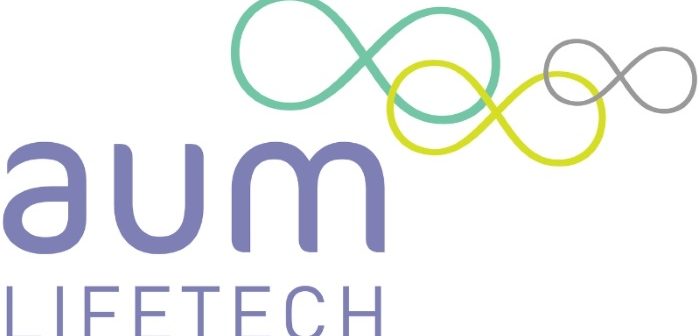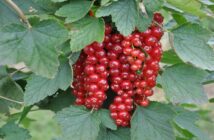pathogen control with a focus on citrus trees and fruits. Huanglongbing, a fatal bacterial citrus disease, also known as citrus greening has already caused an estimated $15 billion loss in revenue to the industry. Citrus is the most consumed fruit in the US with an estimated annual $9 billion industry. These numbers are rapidly changing with losses increasing and industry size decreasing every year. According to a study funded by USDA it was noted that Florida, which produces 66% of the total US citrus, saw an almost 60% reduction in citrus production over the past 15 years. Brazil and China which produces almost twice than the United States are also struggling with citrus greening.
Considering this humongous problem of citrus disease, USDA is actively looking for new strategies that can avoid huge losses in agriculture. Researchers at USDA are now using AUM’s next-generation RNA silencing FANA technology to combat with the plant pathogenic bacteria Candidatus Liberibacter and citrus pests like citrus root weevil and Asian citrus psyllid. Preliminary results showed an increase in insect mortality and reduction of bacteria within citrus trees. This is the first evidence of successful delivery of FANA Antisense Oligonucleotides (FANA ASOs) into plants through foliar sprays, root absorption and tree trunk injections; and provides a new approach for management of agricultural pests and plant pathogens.
“Given the resistance of conventional pesticides, there is an ever-growing need for new innovative technologies to protect plants. We are excited to share that, in this collaborative study with USDA Agricultural Research Service (USDA-ARS), our next-generation FANA RNA silencing approach has shown very promising data in the management of agricultural pests and pathogens due to its ability to kill or manipulate bacteria, insects or viruses. We hope that our combined efforts with USDA can soon help to save billions of dollars of citrus industry,” stated Veenu Aishwarya founder and CEO of AUM LifeTech. “Importantly, although AUM’s FANA technology works at the genetic level but it does not create genetically modified organisms. This is a very beneficial aspect in agriculture especially from an EPA registration perspective and may potentially help in a faster approval time,” he added.
AUM LifeTech’s FANA antisense technology provides a superior RNA silencing alternative which can provide longer persistence for topical applications in non-transgenic plant protection programs. Further, since FANA technology can be self-delivered it provides significant improvements over conventional RNAi strategies and certain gene editing technologies like CRISPR which still need additional delivery strategies and may also have unknown permanent off-target effects.
These encouraging results in collaboration with UDSA suggest that AUM’s FANA technology has a great potential and can be developed for insect and plant pathogen management for a wide spectrum of agricultural crops. The data will be presented at the upcoming International Plant & Animal Genome XXV conference, in San Diego, California in January of 2017.




